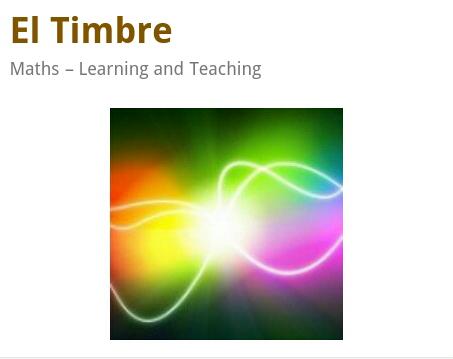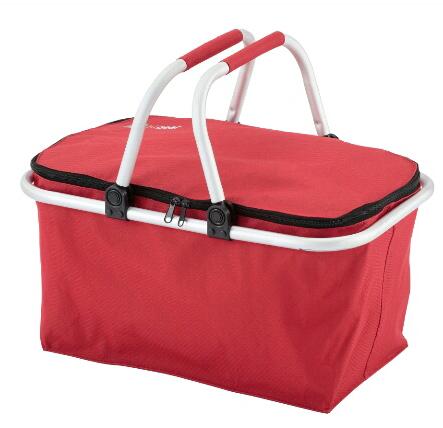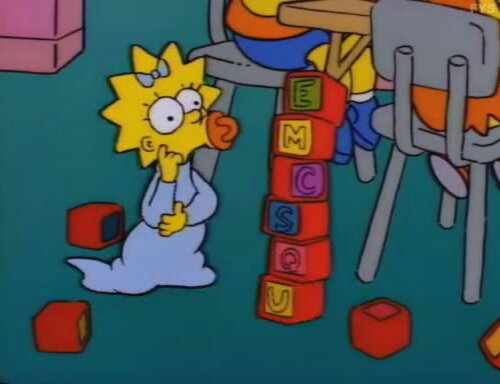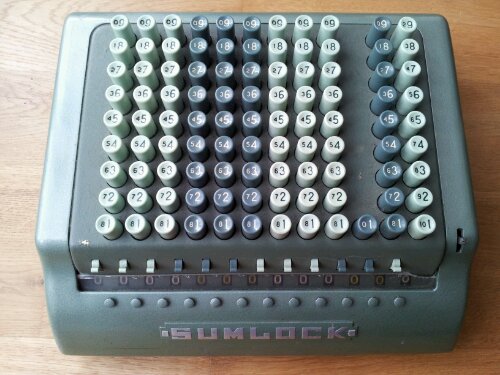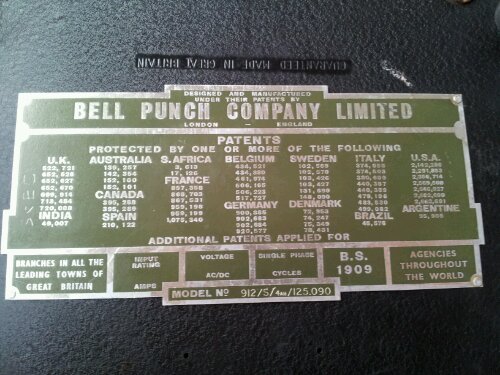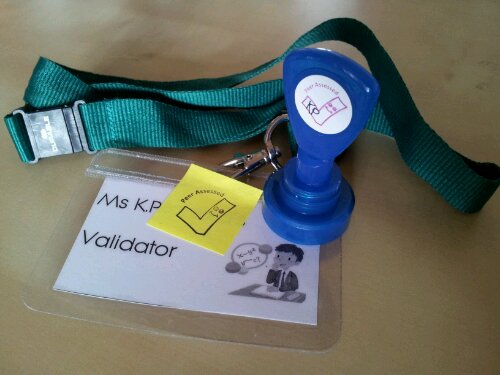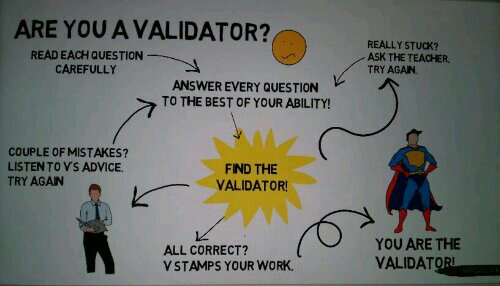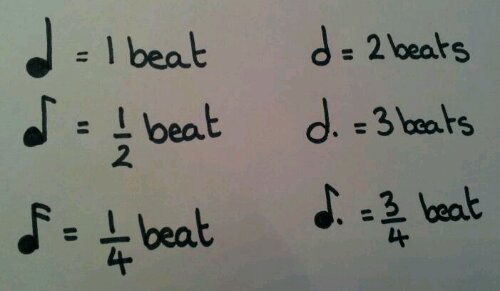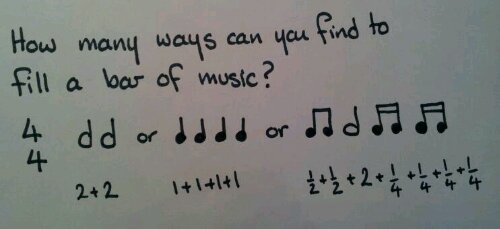It’s Friday, so it’s time to share another site I like. This week it’s El Timbre. Lots of lovely teaching activities and ideas waiting to be read.
111. Gadget of the day 4
If you are one of the many teachers who can’t stay late at school to do your marking, then this is for you. No more soggy books on a rainy day, split bags spilling books everywhere, collapsible crates that collapse half way across the car park or welts on your hands from carrying heavy bags with narrow straps.
This is the Hi Gear folding picnic basket. It has a double ended zip that goes around three sides of the top forming a showerproof lid, padded metal handles and it folds down flat. I can fit a class set of books in half of it, leaving space for more books or essentials such as your lunch, raincoat, excess paperwork and a big cake. It is just the right size to fit in the boot of a car (mine is tiny and it fits).
It costs between £7.99 & £15, depending where you get it from. There are also several colour versions.
Stockist
Go Outdoors
110. Little thinkers
109. Bright vs Gifted
Is that girl bright? Is that boy gifted?
How can you tell? What is the difference?
This is one of those tricky areas that gets lumped together under the title ‘Gifted & Talented’. But what do we mean and how can we offer the best educational experience for them?
If you type ‘Bright Child vs Gifted Learner’ into Google you will find many websites listing the same characteristics. The bright children are easy to spot, the gifted learners can hid their talent behind disruptive behaviour and social awkwardness.
I don’t believe there is a ‘one size fits all’ definition of bright or gifted, but I do think it is worthwhile discussing their characteristics. I have made a discussion resource based on the varied resources available.
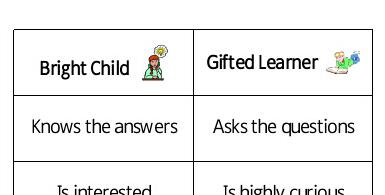
You could just print out the lists and discuss. You could ask people to pick out characteristics of a particular pupil and see if they consider them bright or gifted. You could do a simple card sort. However you do this, the process of thinking, reviewing and discussing is always useful.
Click here to download the resource.
108. Sumlock
This has got to be my geekiest purchase from an antiques and collectors fayre:
It is a working decimal comptometer from the 1960s. To be specific it is a Sumlock model 912/s sterling currency comptometer. It measures 330mm by 315mm by 135mm and was made by the Bell Punch Company. The maximum total it can display is £1,500/17s/11d. This is pre-decimal British currency.
I’m fascinated by old maths and science tools and books. I have an old maths instruction pamphlet from the 19th century with a chapter entitled ‘Mathematics for idiots and women’! So this comptometer is just my kind of thing. When my mother-in-law saw it, she told me about their use in offices. She worked with a comptometer operator in the pay office. Comptometer operators had to be specially trained and earned more than your average ‘office girl’.
I’ve been doing some research and found a rather marvellous website: The Vintage Calculator web museum.
The Sumlock Mechanical Calculator page explains all about this machine. It includes pictures of the internal gear mechanism.
There is also a section on ‘Operating a comptometer’. The processes and algorithms that an operator had to learn were quite complicated and they still had to use mental arithmetic – nothing like modern calculators.
I’m sure there is an arithmetic lesson here somewhere…
107. The Validator returns
Back in Post 72 I looked at the idea of a student validator, which had been developed by Mr Reddy (@MrReddyMaths).
View the original post here.
Well, I discussed it with my colleagues and a couple of us tried it out. It worked like a dream. Pupils of all abilities and ages took responsibility for checking work and giving advice. In fact it was so successful we have adopted it as Department. My HoD had seen ‘Peer Assessed’ stampers and ordered those as well as lanyards for everyone:
I’d like to thank Mr Reddy for sharing his idea on his blog.
If you want to introduce this concept to your pupils/staff check out my videoscribe introduction on YouTube. I’m still new to videoscribe, so it’s a bit jumpy, but the summary gets the message across.
106. Musical Fractions
Some unbelievers dispute it, but the truth is out there: Mathematics is everywhere!
The link between fractions and music is inescapable. If your notes don’t add up correctly, the music just doesn’t sound right. Crotchets, quavers, semi-breves, time signatures – it’s all maths.
Musical Fractions
I really like doing this activity with Year 7. Please make sure there are no tests or exams going on nearby.
Equipment
Mini-whiteboards
Percussion instruments (or clapping)
Earplugs (optional)
Aim
To introduce and practice adding simple unitary fractions.
Activity
Each type of musical note lasts for a specific amount of time. For example a crotchet lasts one beat. The picture below shows different notes and values:
A dotted note lasts 50% longer than it normally would.
Time signatures tell you how many beats are in each bar of music (very simplified explanation). So:
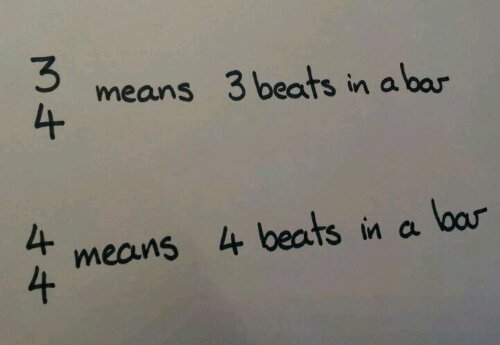
To make this into a lesson, ask students to create their own rhythms adding up to 3 or 4 beats.
Start by doing 4 single beats by clapping or using instruments. This sounds like ‘tah, tah, tah, tah’ when you say it.
Then try some half notes – one, one, half, half, one. This sounds like ‘tah, tah, ta-te, tah’.
Throw in some quarter notes – one, half, half, quarter, quarter, quarter, quarter, one. This sounds like ‘tah, ta-te, tafi-tifi, tah’.
Now you can let the pupils loose to create their own rhythms using unitary fractions. You can get the pupils to write the fraction additions on their whiteboards. Each group can demonstrate their rhythm and teach it to the rest of the class.
I hope the ringing in your ears fades by the end of the day.

